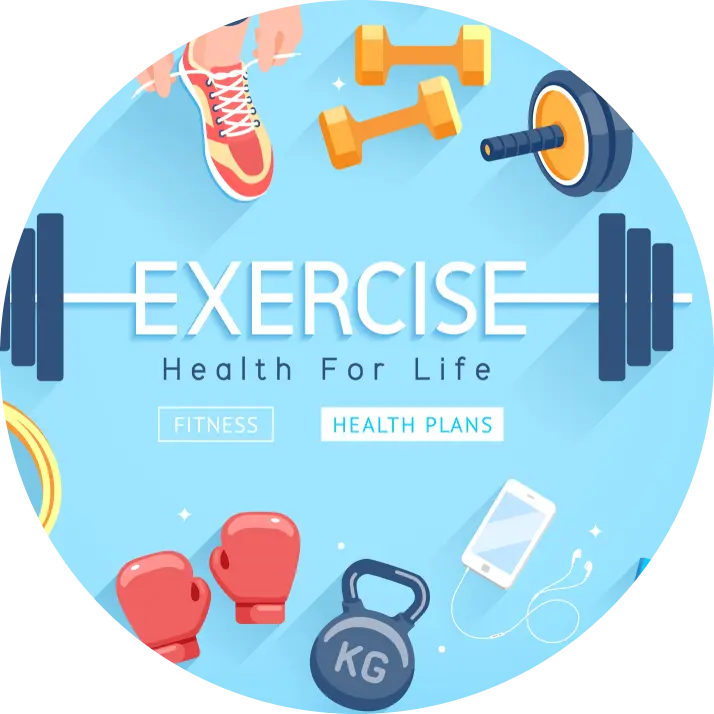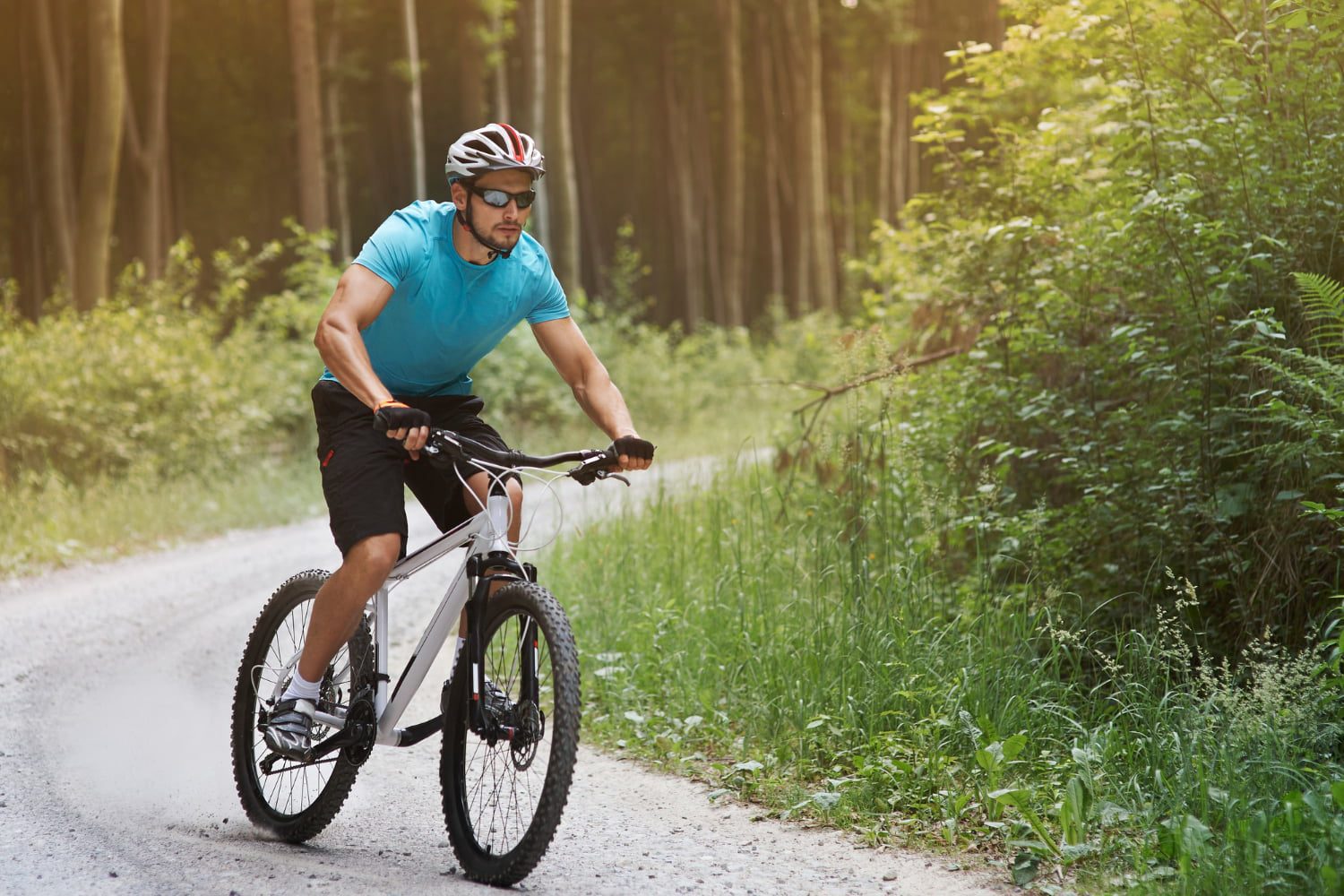Cyclists train for long periods of time in a fixed position, they need strong legs and hips, but the abdominal, chest and back areas are usually very weak .
Yoga work focuses on strengthening the abdominal and lumbar area, opening the chest and relaxing the neck, back and arms , on the one hand.
And in the lower part it is more interesting to make the legs more flexible and relaxed . Breathing is very important to increase respiratory capacity on long climbs up mountain passes and to relax the mind concentrated on looking at roads or roads for many hours.
Benefits of Yoga Poses for Cyclists.
1. Improved flexibility.
Yoga poses help to stretch and lengthen muscles, which can improve flexibility and range of motion for cyclists. This can help prevent injuries and improve overall performance on the bike.
2. Increased strength.
Many yoga poses require the use of body weight for resistance, which can help build strength in muscles that are often neglected by cyclists. This can lead to improved power and endurance on the bike.
3. Better posture.
Cycling can often lead to poor posture and muscle imbalances. Yoga poses can help correct these imbalances and strengthen the core muscles, leading to better alignment and posture while riding.
4. Enhanced relaxation and stress relief.
Cycling can be a high-intensity and demanding sport, which can lead to stress and tension in the body. Yoga poses can help promote relaxation, reduce stress, and improve mental focus, which can benefit cyclists both on and off the bike.
5. Improved breathing techniques.
Many yoga poses focus on deep breathing and breath awareness, which can help cyclists improve their lung capacity and breathing efficiency. This can lead to better endurance and performance during long rides.
6. Injury prevention.
By improving flexibility, strength, and posture, yoga poses can help prevent common cycling injuries such as knee pain, lower back pain, and tight muscles. Regular practice of yoga can help keep the body balanced and reduce the risk of overuse injuries.
| 💡 Tips FitnessQuora.com Overall, incorporating yoga poses into a cyclist’s training routine can lead to improved performance, reduced risk of injury, and a greater sense of well-being both physically and mentally. |
Top 11 Best Yoga Poses for Cyclists.
1. Anuloma Viloma or Nadhi Shadan.
Known as balancing because it alternates the entry and exit of air on each side of the body, it provides physical balance (basic when pedaling a bicycle) and mental balance, balancing the two sides of the brain, logical and creative.
This type of breathing also helps open the nasal passages , expelling mucus so that more air enters the lungs, oxygenating the blood and helping to prevent nasal congestion in case of allergies, asthma and respiratory infections.
2. Tadasana.
Muscles : Spine and foot muscles.
Benefits : Stretches the spine, sides and abdominal area. Work it with abdominal breathing.
Contraindications : Spine problems.
Half Pose of the Lord of the Fishes
3. Ardha Matsyendrasana.
Muscles : Splenius capitis, sternocleidomastoid, rhomboids, serratus anterior, erector spinae, piriniformis, gluteus medius and minimus.
Benefits : It is a twisting posture that helps tone and balance almost the entire body, giving mobility to the spine that has been immobilized. Perform a massage on the abdominal organs that facilitates intestinal movements and helps eliminate toxins.
Contraindications : Back problems.
4. Setu Bandhasana.
Muscles : Rectus abdominis, gluteus maximus, quadriceps.
Benefits : It is the opposite of the bike position, it stretches the chest, neck and spine, gives rest to the lumbar area and legs, opens the lungs and allows greater oxygenation, opens the hips and releases pressure from the saddle area, stimulates metabolism and reduces fatigue after training.
Contraindications : Neck injuries.
5. Jathara Parivrtti.
Muscles : Sternocleidomastoid, scalenus, pectoralis major, multifidus, external oblique, internal oblique, gluteus maximus, hamstrings, piriformis.
Benefits : It is an abdominal twist that can be done with the legs drawn up or extended. Stretches and makes the spine, sciatic nerve and glutes more flexible. It is done on both sides by turning the neck and legs in the opposite direction.
Contraindications : Herniated disc.
6. Ustrasana.
Muscles : Neck, deltoids, pectoralis major, pectoralis minor, rectus abdominis, psoas major, rectus femoris, vastus lateralis, hamstrings.
Benefits : It is a great opening of the chest that gives breadth to the trunk and oxygenates it, indicated for stretching after cycling. Works the lower back and the large muscles of the legs. You will notice how the psoas stretches. You can put your arms akimbo at your sides to maintain the posture without damage.
Contraindications : Cervical, lumbar and knee pain.
7. Dhanurasana.
Muscles : Pectoralis major, deltoid, gluteus maximus, adductor magnus, semitendinosus, semimembranosus.
Benefits : It is an intense posture, there is no need to reach for your feet with your hands, just mark the arch. It makes the back, neck, shoulders, and pectorals more flexible and strengthens, increases lung capacity, tones the buttocks and legs. Promotes concentration and reduces stress.
Contraindications : Back injuries, headache, dizziness.
8. Navasana.
Muscles : Sternocleidomastoid, rectus abdominis, spinal extensors, hamstrings, psoas major, iliacus, vastus lateralis.
Benefits : It is an abdominal and balance posture that helps strengthen the core area to avoid cyclist injuries. Work on balance off the bike by creating a base with your sit bones. Strengthens the abdominal and lumbar area. You should not force it if there is pain.
Contraindications : Lumbar and abdominal weakness and dizziness.
9. Halasana.
Muscles : Trapezius, triceps brachii, spinal extensors, hamstrings, calves, soleus.
Benefits : It is a very beneficial investment for cyclists because it works the entire back of the body , stretching and strengthening. Stimulates the abdominal organs that have been shrunken in the saddle , strengthens abdominals and arms. Reduces fatigue and is relaxing.
Contraindications : Neck injuries, vertigo and dizziness. hypertension.
10. Malasana.
Muscles : Diaphragm, pelvic floor, levator ani, quadratus femoris, obturator internus, flexors and adductors of the toes.
Benefits : Stretches the entire body and oxygenates after training . Try to step on the ground with your heels to make your thighs, hamstrings and hips more flexible. It opens the chest and back and isolates the sore pelvic floor after hours in the saddle and increases energy.
Contraindications : Knee problems.
11. Savasana.
Muscles : They do not act. Try to relax everything, even the diaphragm.
Benefits : Although it may seem like the easiest asana, in reality it is not, it is not always easy to relax completely. Perfect at the end of any stretching sequence, it creates a feeling of total physical and mental calm, combined with relaxed and goalless abdominal breathing.
Contraindications : None.
Bottom Line.
Incorporating yoga poses into a cyclist’s training routine can provide numerous benefits, including improved flexibility, strength, balance, and mental focus. By practicing these poses regularly, cyclists can enhance their performance on the bike, prevent injuries, and promote overall well-being. Whether it’s a quick post-ride stretch or a dedicated yoga session, integrating yoga into a cyclist’s training regimen can help them achieve their fitness goals and enjoy a more fulfilling cycling experience.

 Workout
Workout
 Meditation
Meditation





 Contact Us
Contact Us





